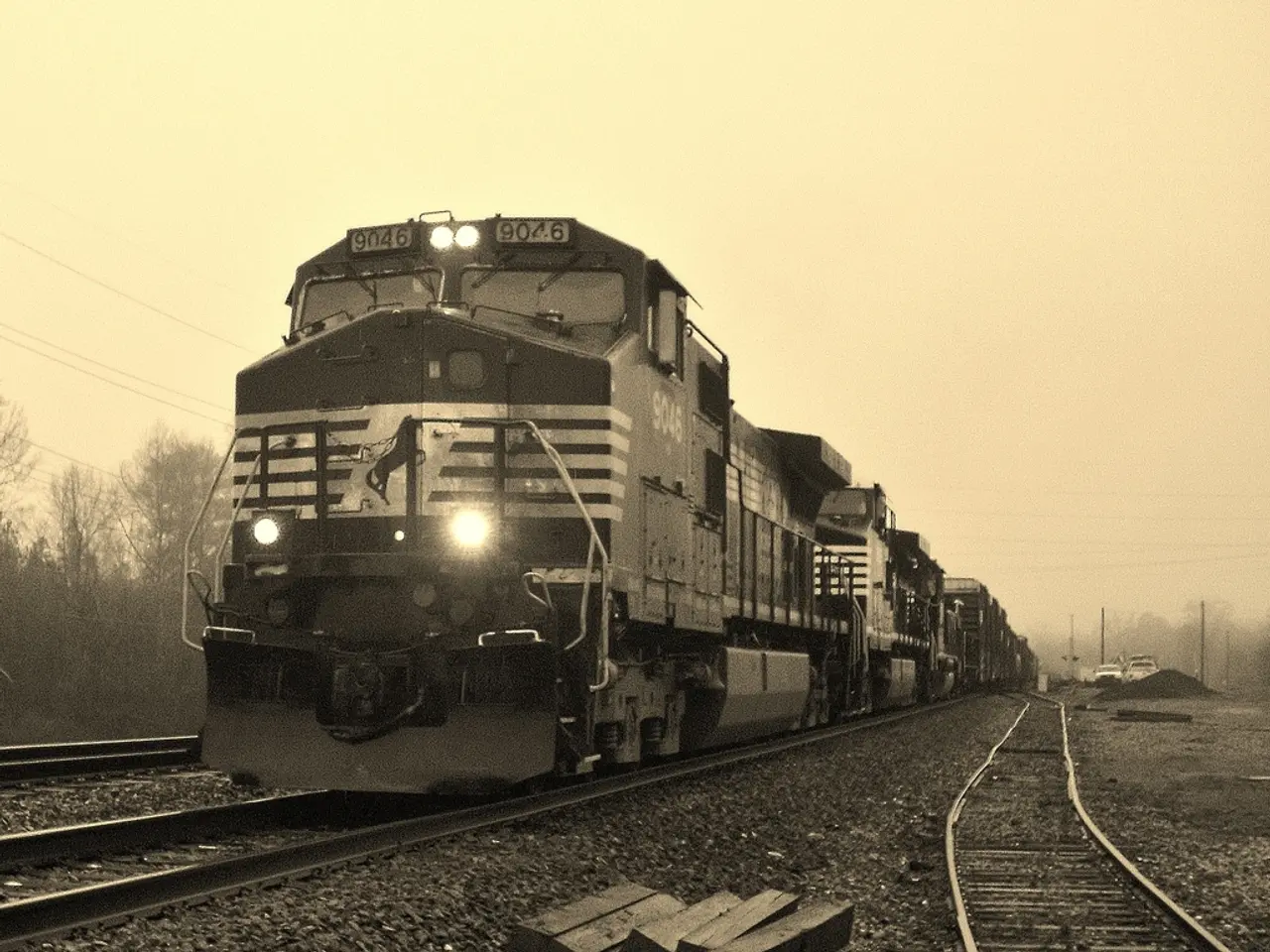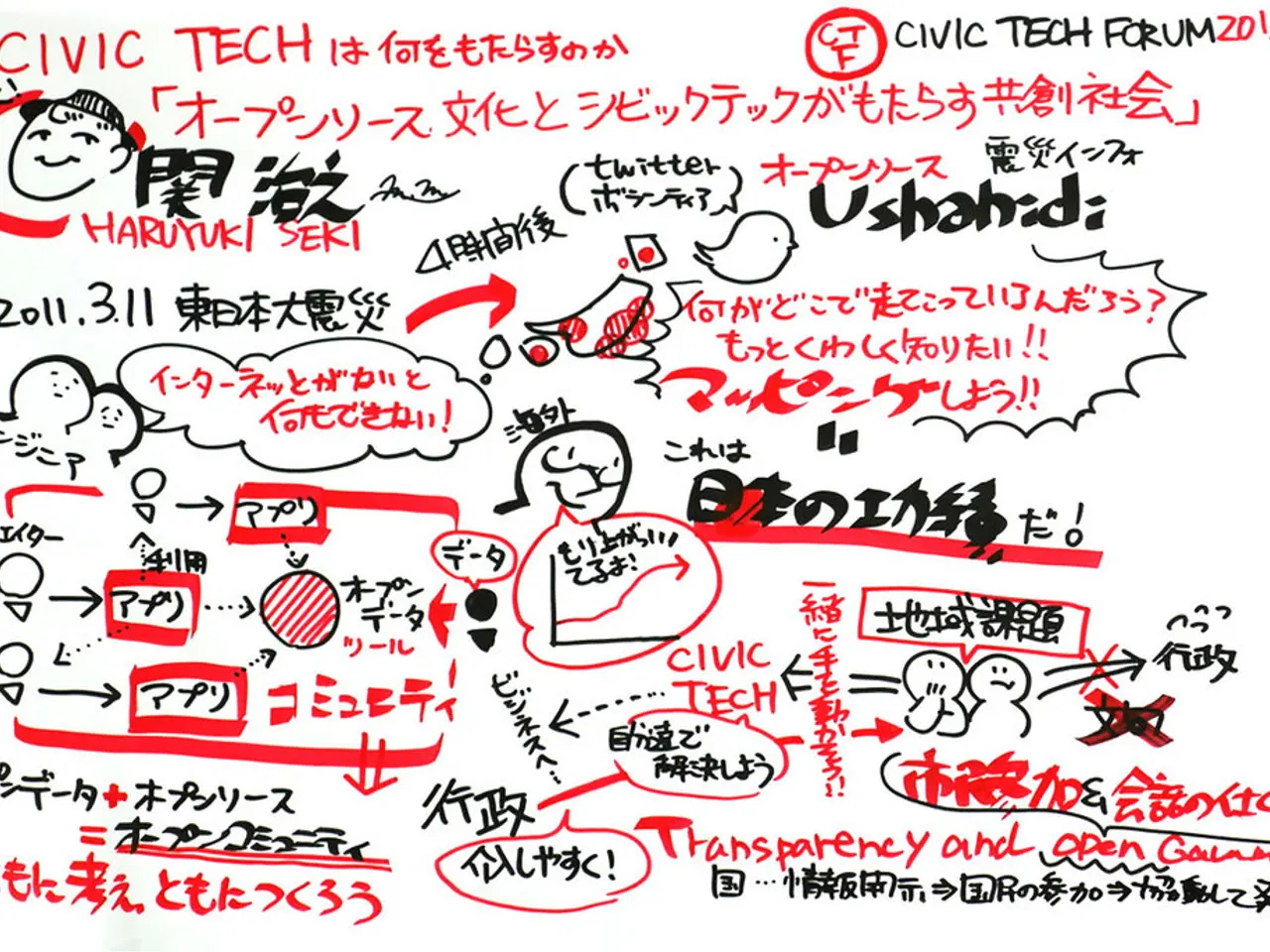Essential points for financial support of public transport and passenger trains, as specified in the House Appropriations FY 2026 Transportation-Housing and Urban Development (THUD) Appropriations Bill
The Transportation, Housing and Urban Development (THUD) Appropriations Bill for Fiscal Year (FY) 2026, approved by the Subcommittee on July 14, has significantly reduced funding for public transit and passenger rail compared to the authorized levels in the Infrastructure Investment and Jobs Act (IIJA).
Key impacts include:
**Public Transit Funding**
The bill provides a total of $19.2 billion for public transit in FY26, which is an 8.3% cut ($1.7 billion) from the FY25 enacted level. Compared to the IIJA authorized level, this represents a 13.9% reduction ($3.1 billion less). The bill does fully fund the public transit contract authority at $14.64 billion, a modest increase of $363 million over FY25 enacted levels. However, there is a near 98% cut in General Fund appropriations for Capital Investment Grants (CIG), with only $54 million allocated compared to the request of $36 billion; this amounts to a 57% decrease from FY25 levels for CIG funding. The bill does not increase funding beyond IIJA authorizations for buses, bus facilities, competitive grants, or ferry grants.
**Passenger Rail Funding**
Combined funding for passenger and freight rail totals $13.6 billion in FY26, which is a 15.9% cut ($2.6 billion) from FY25 enacted levels. This is a 35.3% reduction ($7.4 billion less) than the amount authorized in the IIJA. The General Fund appropriation for Amtrak is cut by $115 million (4.7%), although funding for Consolidated Rail Infrastructure and Safety Improvements (CRISI) grants increases substantially by $438 million (403.8%) from FY25 levels.
**Policy Provisions**
The bill includes riders that restrict funds from being used in ways that contradict certain executive orders on diversity, equity, inclusion (DEI), regulatory streamlining, and English proficiency. Additionally, a section of the bill prohibits the USDOT from enforcing mask mandates to prevent the spread of COVID-19.
In summary, while the FY26 THUD Appropriations Bill does fund core public transit contract authority as authorized by the IIJA, it substantially cuts overall public transit and passenger rail funding below both FY25 enacted and IIJA authorized levels, notably slashing Capital Investment Grants and Amtrak appropriations. The bill does not include additional appropriations for the Rebuilding American Infrastructure with Sustainability and Equity (RAISE) or National Infrastructure Project Assistance (Mega) grant programs. The total discretionary allocation of the THUD Appropriations Bill for FY 2026 is $89.9 billion, a 4.7% decrease from the FY25 enacted level.
[1] https://www.congress.gov/bill/117th-congress/house-bill/4521 [3] https://www.congress.gov/bill/117th-congress/house-bill/4521/text [5] https://www.congress.gov/bill/117th-congress/house-bill/4521/actions
- The funding for bus infrastructure in FY26, as outlined in the THUD Appropriations Bill, remains at the levels authorized by the Infrastructure Investment and Jobs Act (IIJA), without any significant increase.
- Sports enthusiasts might be disheartened to learn that the THUD Appropriations Billfor FY26 significantly reduces funding for passenger rail, including Amtrak, which could potentially impact the development of effective sports travel systems.







